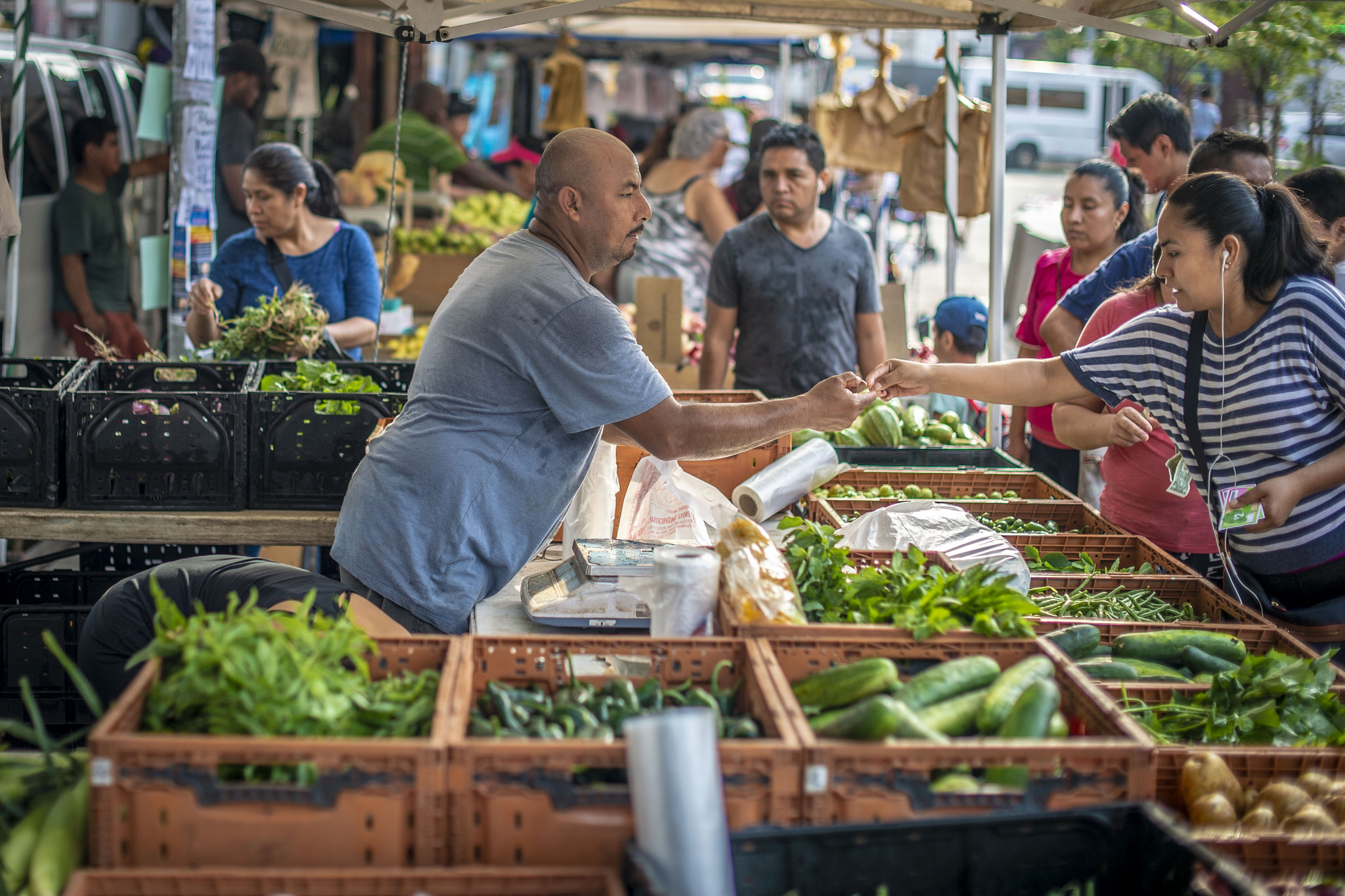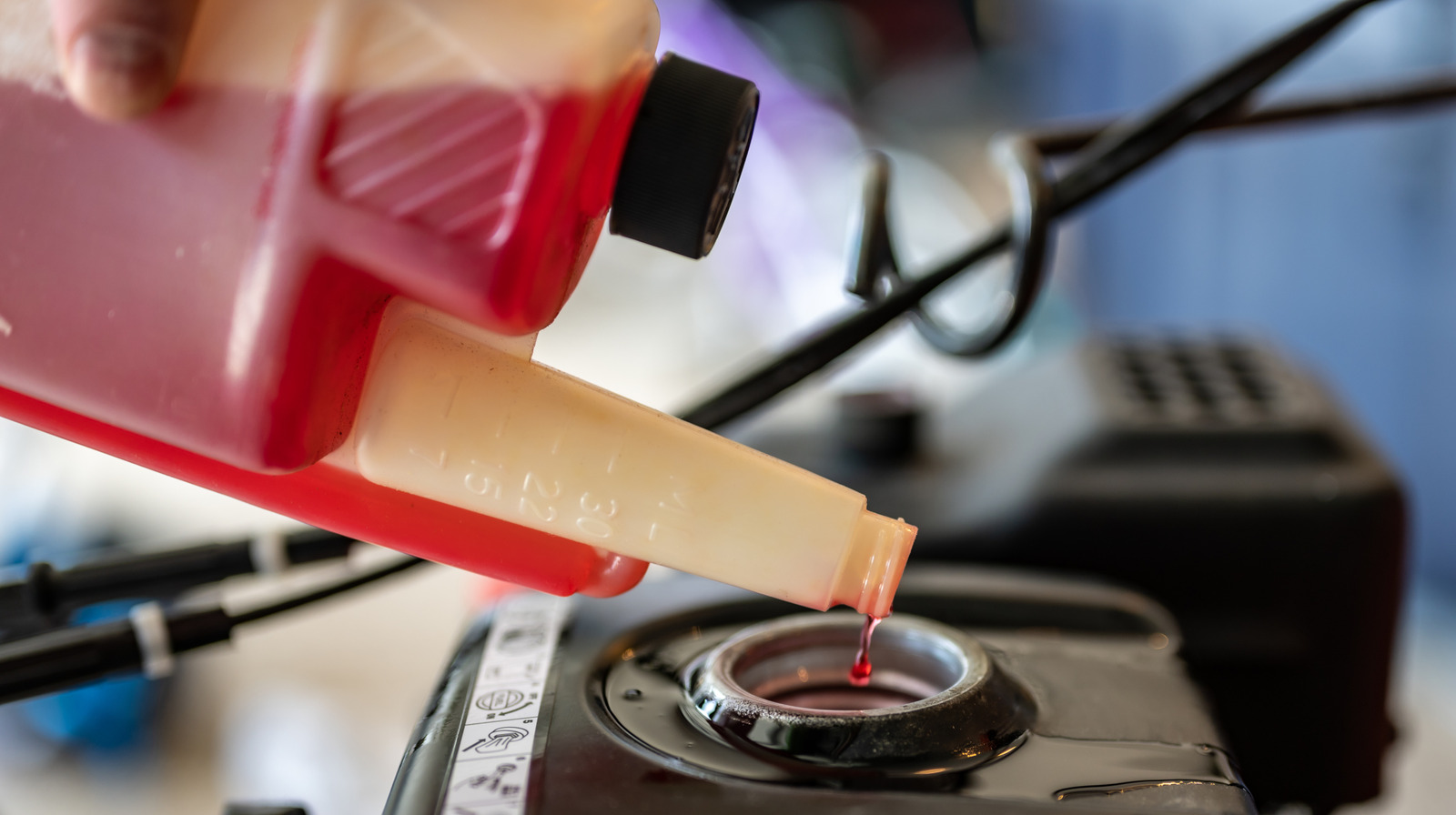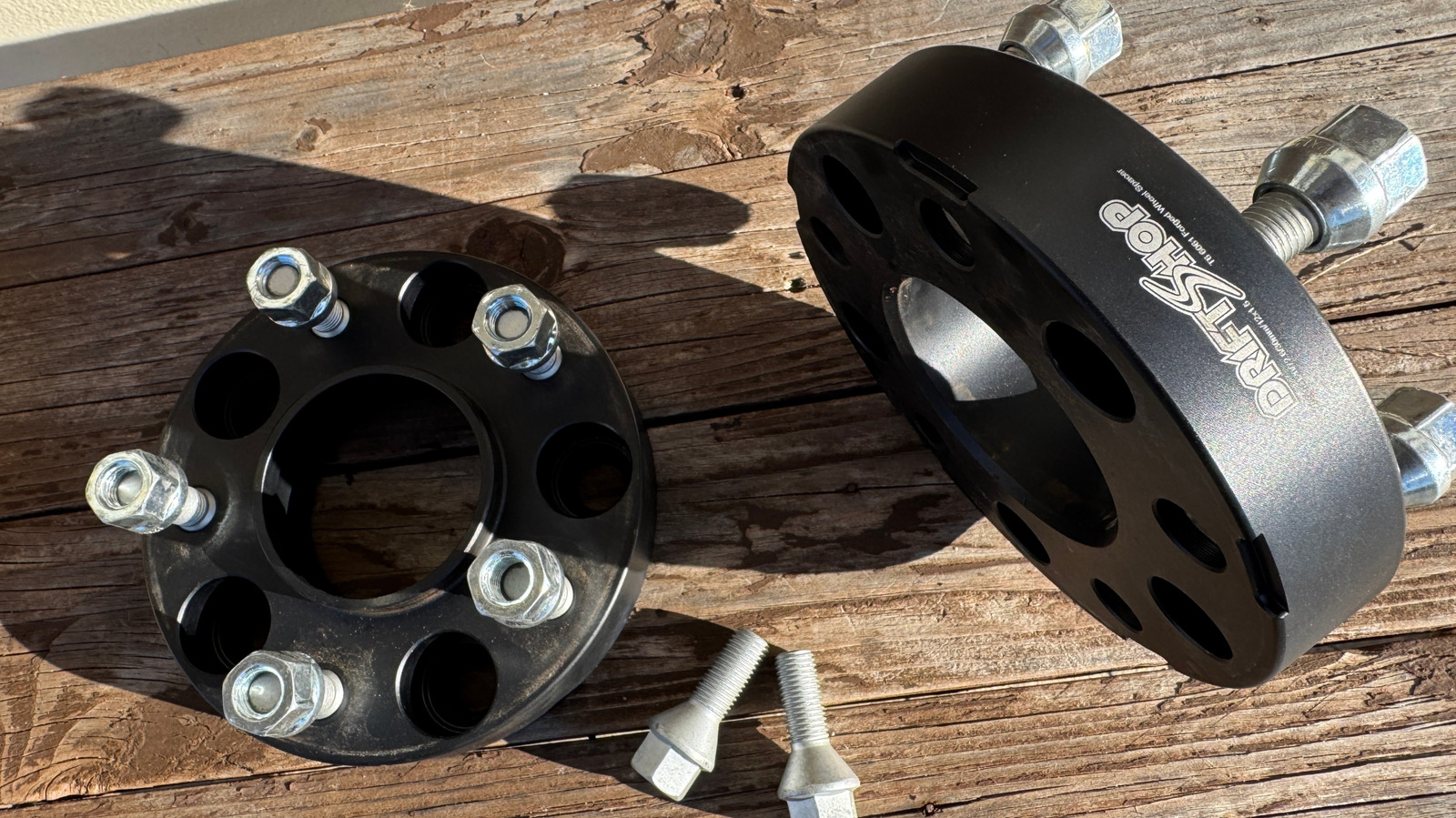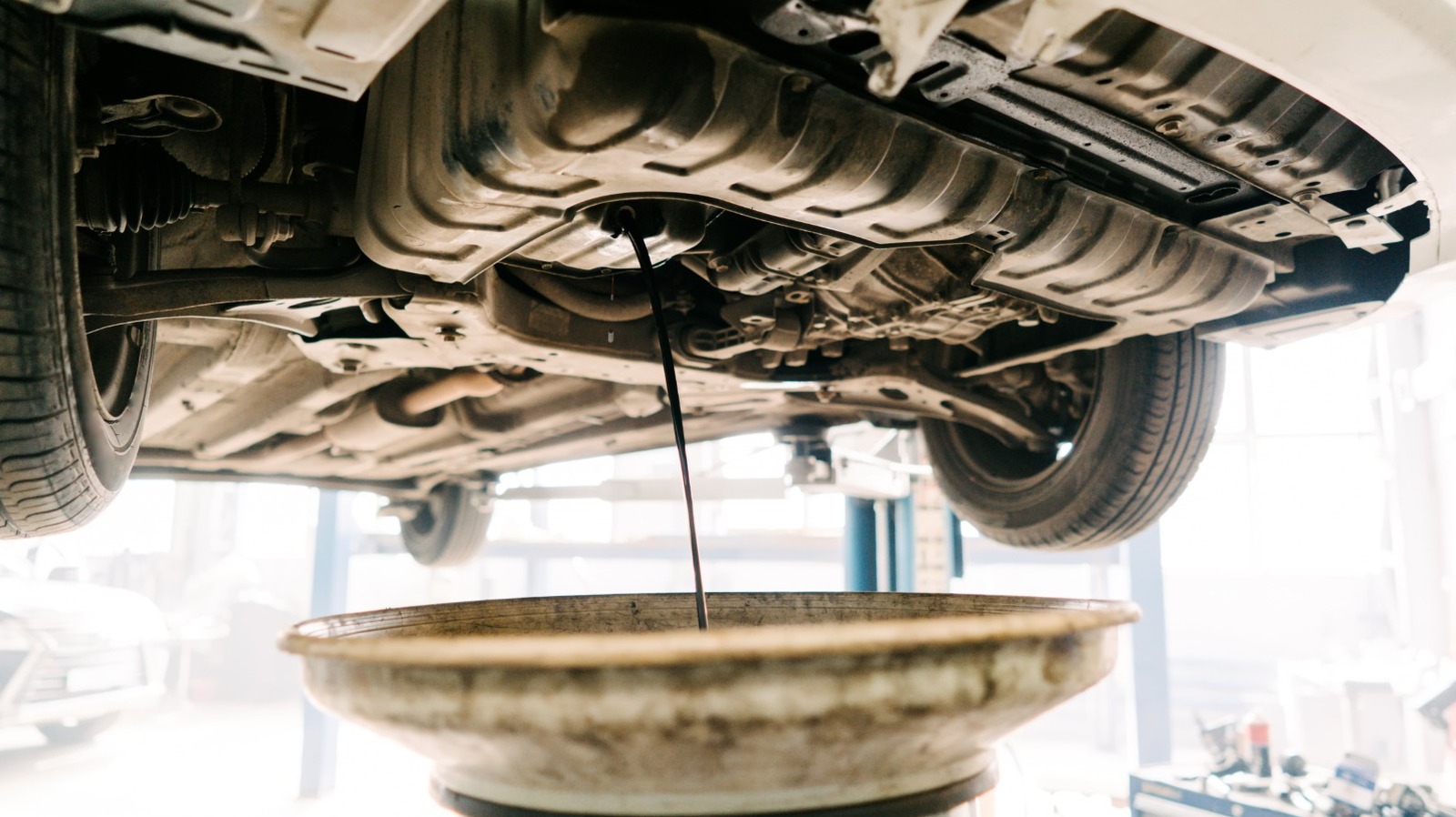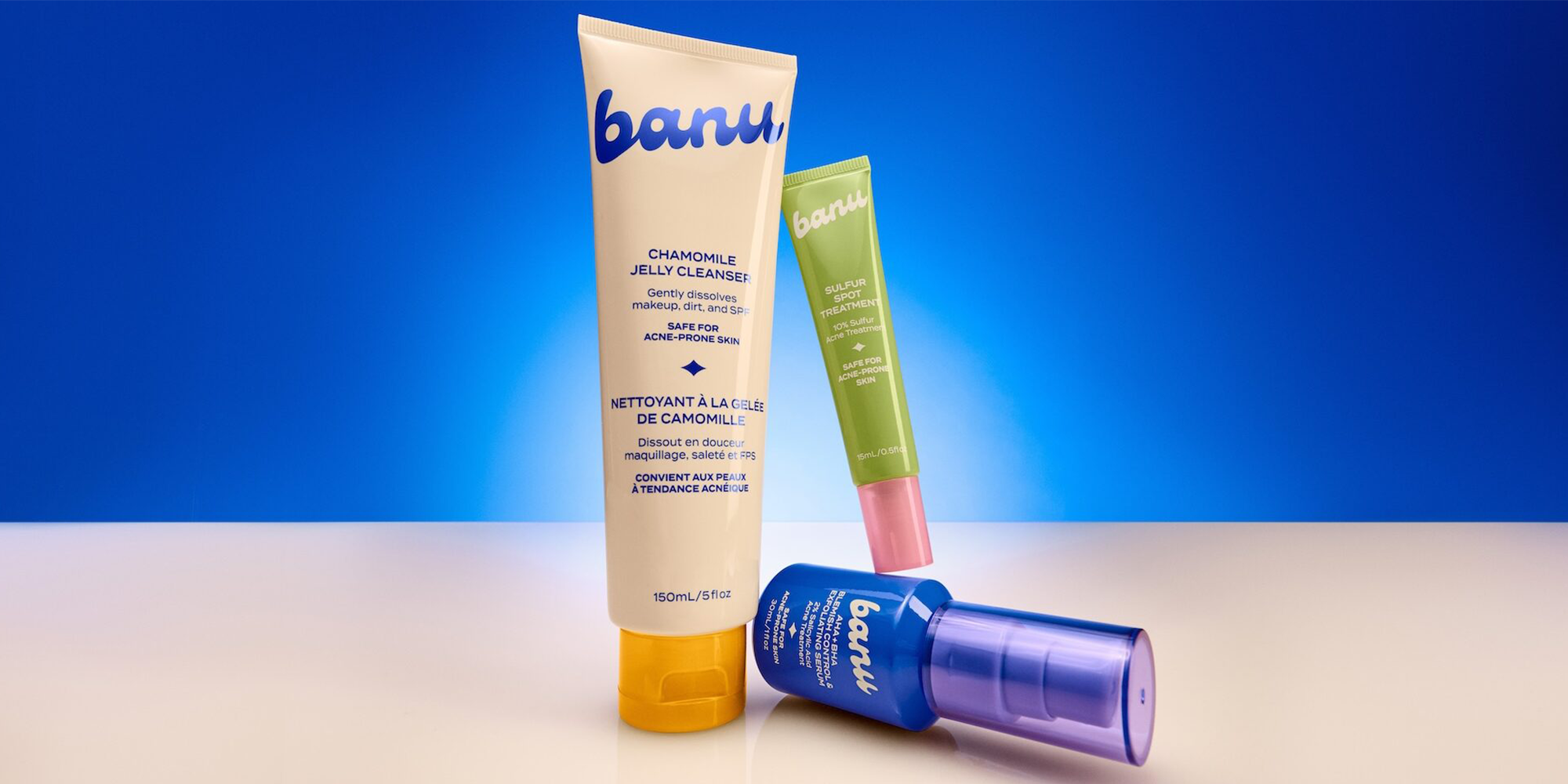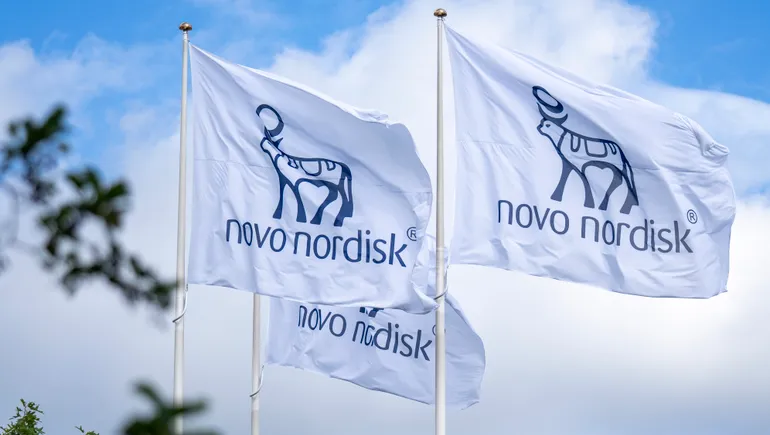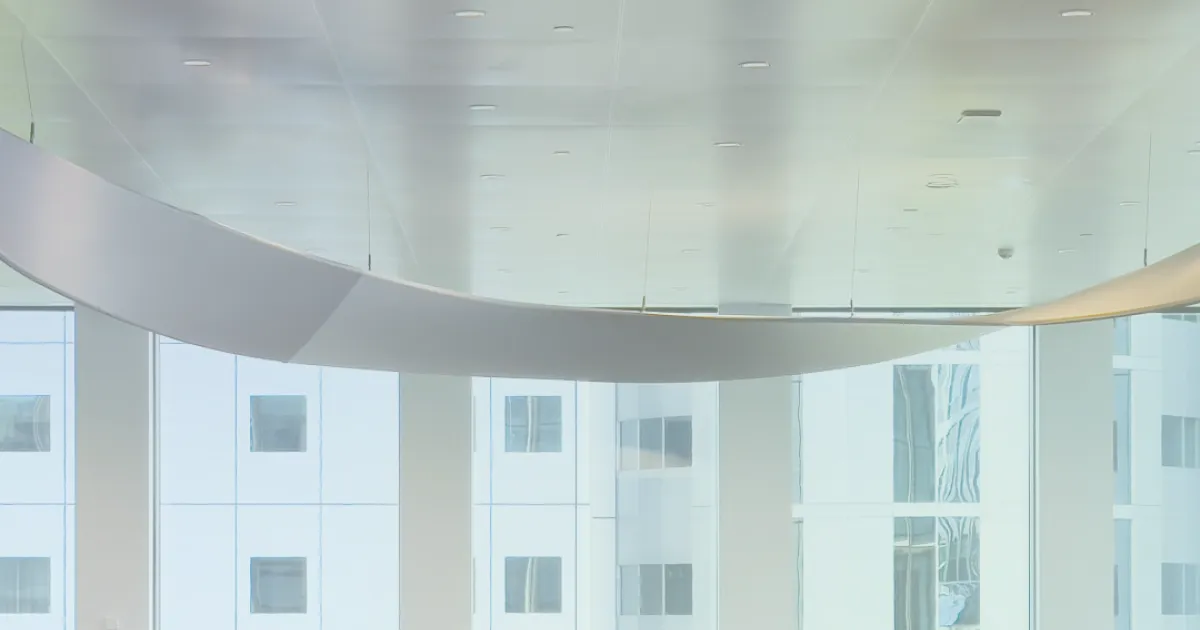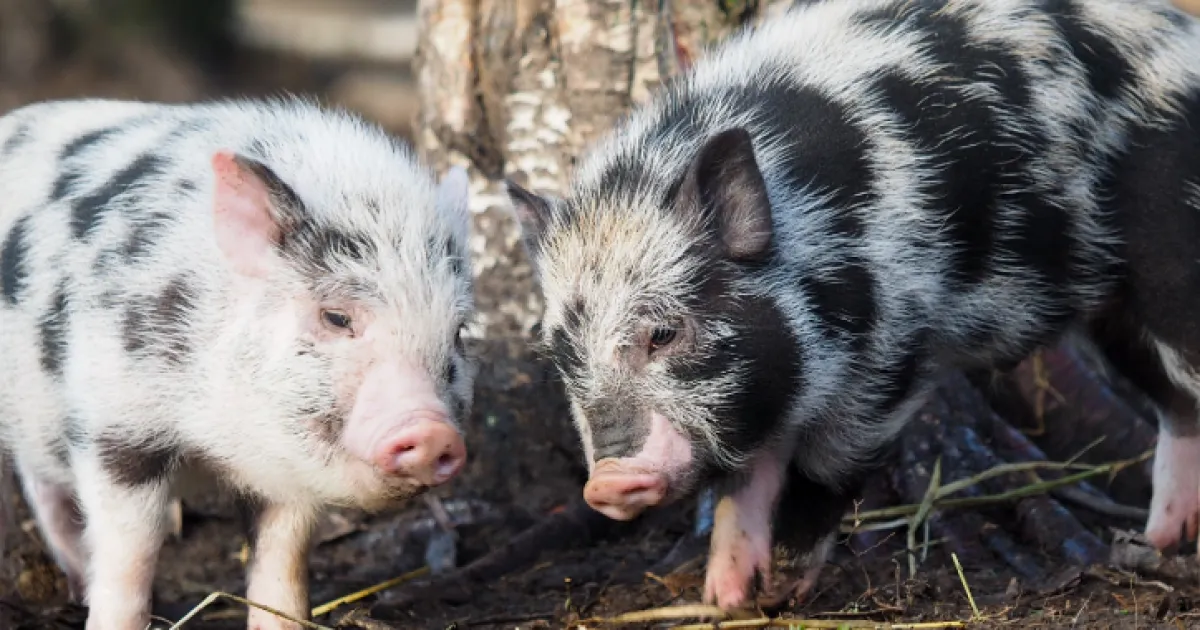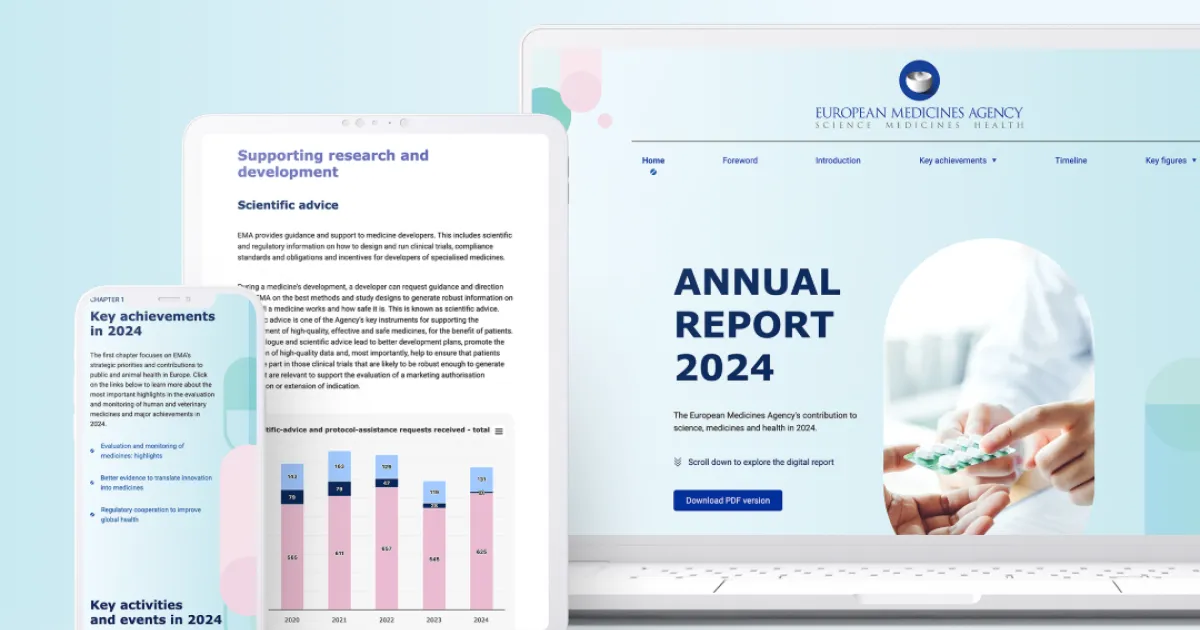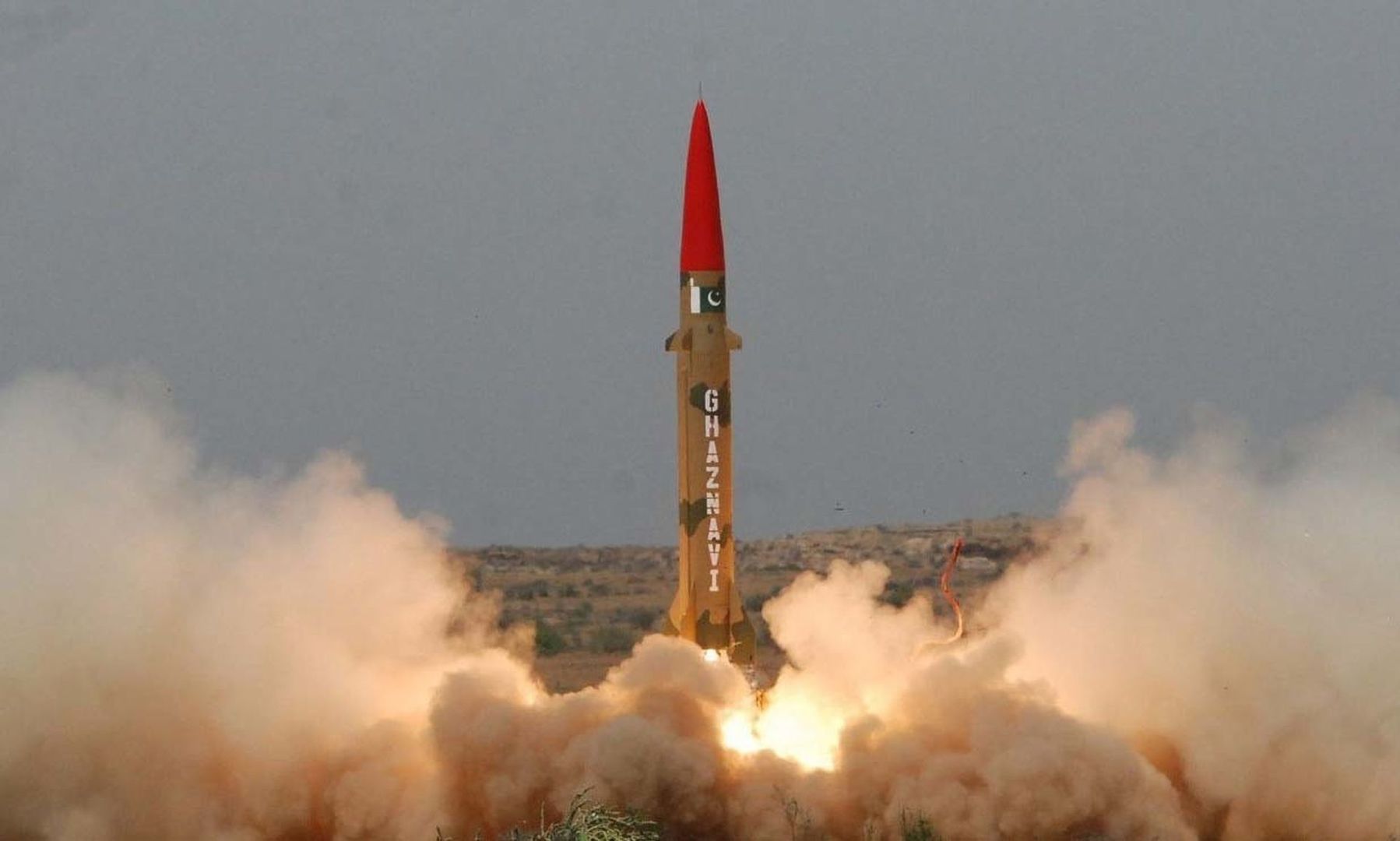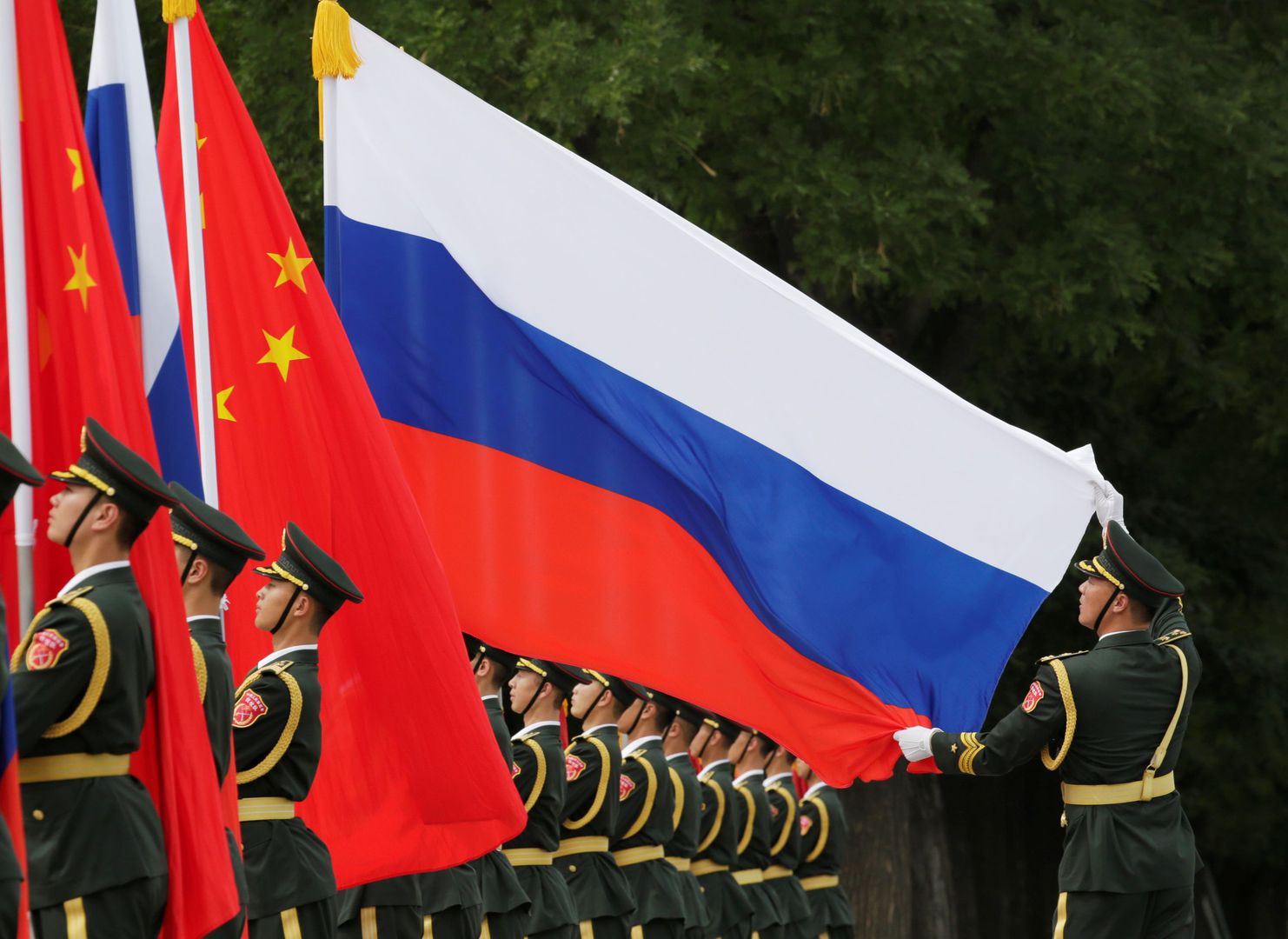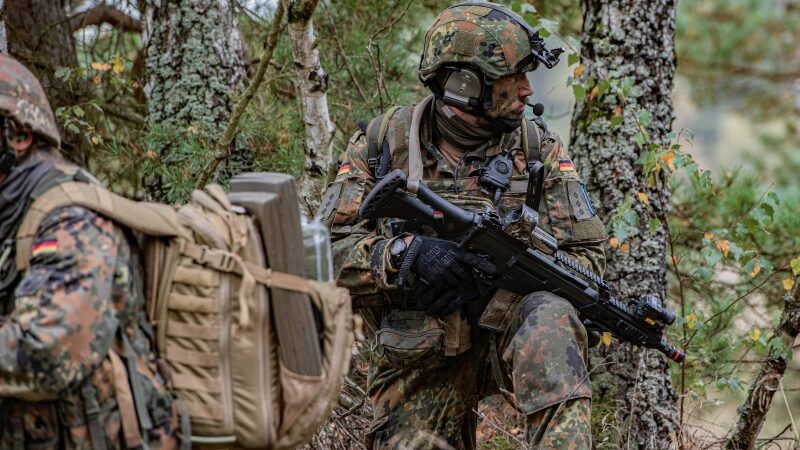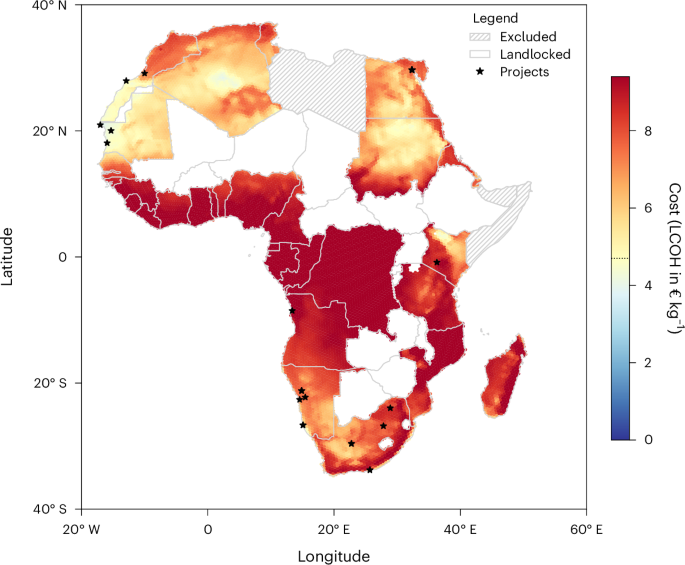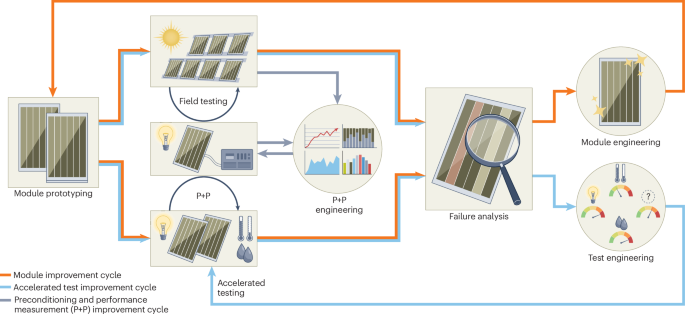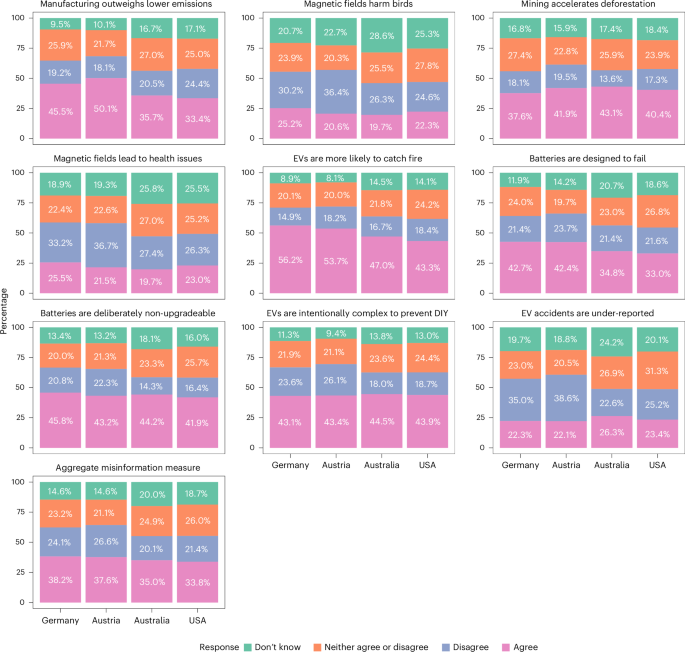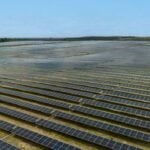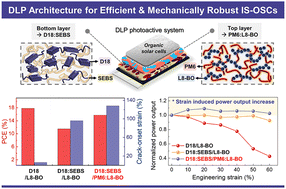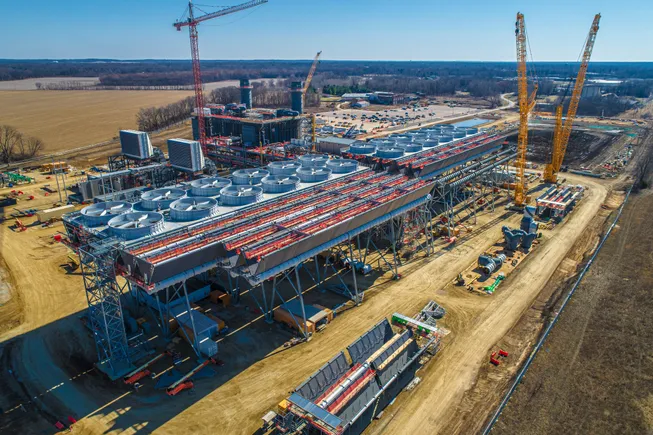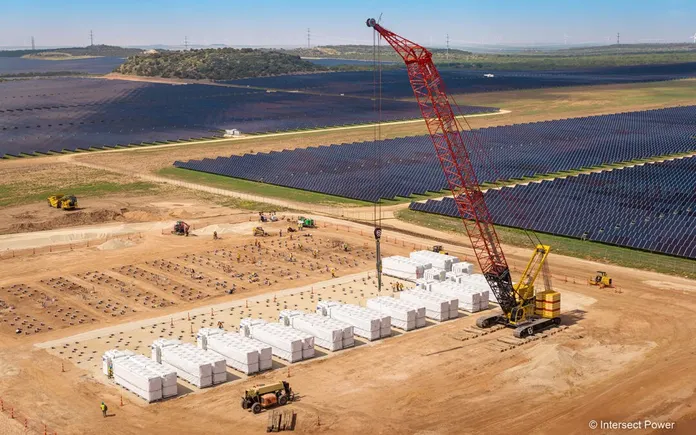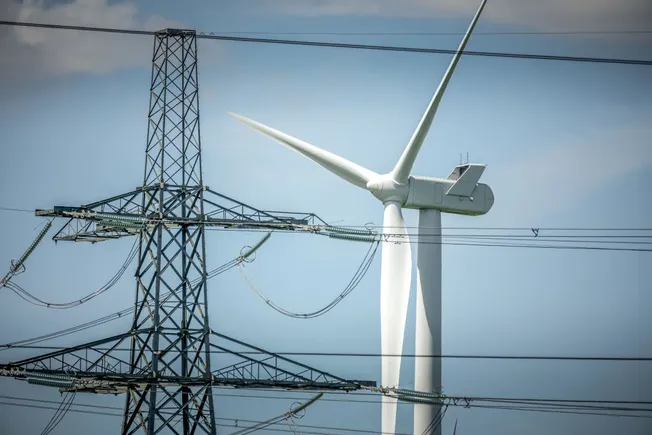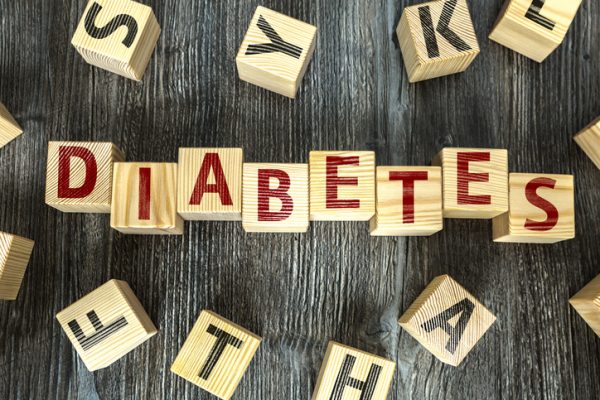Influence of Hypoxia on a Biomaterial Model of the Bone Marrow Perivascular Niche
Advanced Healthcare Materials, EarlyView.

Hypoxia is a key factor in bone marrow physiology and hematopoietic stem cell behavior. Lower oxygen tension influences the secretion of vasculature-derived hematopoietic regulatory factors and alters hematopoietic cell behavior in a conditioned medium hydrogel model of bone marrow. Cyclosporin A is used to mitigate normoxic stress during hematopoietic cell isolation and reveal the full effects of hypoxic culture.
Abstract
Hematopoietic stem cell (HSC) fate is shaped by distinct microenvironments termed niches within the bone marrow. Quiescence, expansion, and differentiation are directly and indirectly regulated by complex combinations of cell secretomes, cell-cell interactions, mechanical signals, and metabolic factors including oxygen tension. The perivascular environment in the bone marrow has been implicated in guiding HSC fate. However, bone marrow presents an environment which is hypoxic (≈1-4% O2) relative to traditional cell culture conditions, and the study of hypoxia in vitro is complicated by the speed with which normoxic conditions during HSC isolation induce differentiation. There is a unique opportunity to use engineered models of the bone marrow to investigate the impact of defined hypoxia on HSC fate. Here, the coordinated impact of oxygen tension and the perivascular secretome upon murine hematopoietic stem and progenitor cells (HSPCs) is examined in vitro. The findings highlight the importance of mitigating oxygen shock during cell isolation in engineered marrow models. We report a shift toward the Lineage− phenotype with hypoxic culture, expansion of HSPCs in response to perivascular niche conditioned medium, and enhanced HSPC maintenance in a hydrogel model of bone marrow in hypoxic culture when oxygen shock is mitigated during isolation using cyclosporin A.






